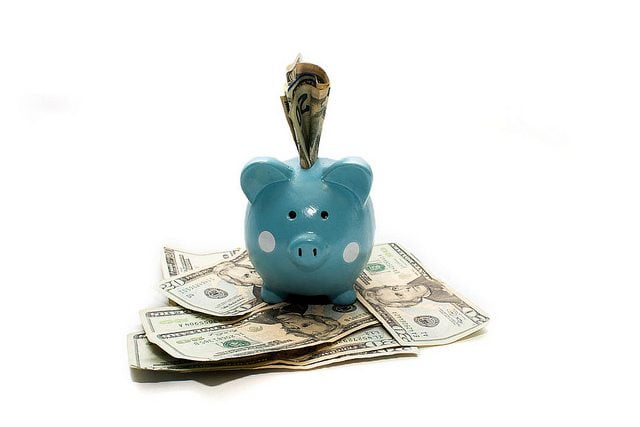

Invest
New Isa enters market offering increased flexibility
From Tuesday, all individual savings accounts (Isa) will become new ISAs (Nisa) as government reforms come into force. The changes aim to provide greater flexibility and encourage more people to save.
The Nisa was announced in this year’s budget by the chancellor George Osborne. The changes aim to increase the saving vehicle’s “simplicity, flexibility and generosity”.
Rather than having a cash or stocks Isa, the two have now been merged and given a higher saving limit. Individuals will be able to place £15,000 each year into their Nisa, compared to the previous limits of £5,760 for a cash Isa and £11,520 for a stocks and shares Isa.
The new rules will also allow peer-to-peer lending to be included in the tax-free saving wrapper, although a date for when this will be implemented has yet to be confirmed. This move will offer consumers the potential to generate higher returns, albeit with an increased amount of risk.
According to figures from the Bank of England, the amount of money held in cash Isas in April fell at the fastest monthly rate since the accounts were introduced in 1999. Total deposits fell to £266 billion, a decrease of 1.2% on the previous month. The fall was linked to low interest rates and the incoming Nisa.
Despite the increased flexibility, a survey, conducted by wealth management firm True Potential, found that 44% of Britons intend to save in cash alone, reducing the value of their savings, particularly when high inflation rates are factored in.
Whilst interest rates have been boosted with the introduction of the Nisa, commentators have warned that they are likely to fall again.
As with a traditional Isa account, consumers can ensure that their money does good whilst still earning a return. Many building societies and ethical banks are offering competitive rates when compared to the high street, and in some cases beating them, demonstrating that shopping around to ensure value can benefit both the consumer and wider society.
Once peer-to-peer lending is included, savers are likely to benefit from wider choice and will further be able to integrate their personal values into their savings. For instance, savers could specifically use their money to support renewable energy generation and development projects.
Photo: OTA Photos via Flickr
Further reading:
Budget 2014: Investment tax relief to boost social enterprises
Five days left until the deadline for investing in 2013/14 ISAs
Amount saved in SIA accounts sees largest fall in 15 years
Savers warned about inflation ahead of ISA deadline
Consider sustainability and ethics when investing in ISAs this year


 Environment10 months ago
Environment10 months agoAre Polymer Banknotes: an Eco-Friendly Trend or a Groundswell?

 Environment12 months ago
Environment12 months agoEco-Friendly Home Improvements: Top 7 Upgrades for 2025

 Features9 months ago
Features9 months agoEco-Friendly Cryptocurrencies: Sustainable Investment Choices

 Features10 months ago
Features10 months agoEco-Friendly Crypto Traders Must Find the Right Exchange






























